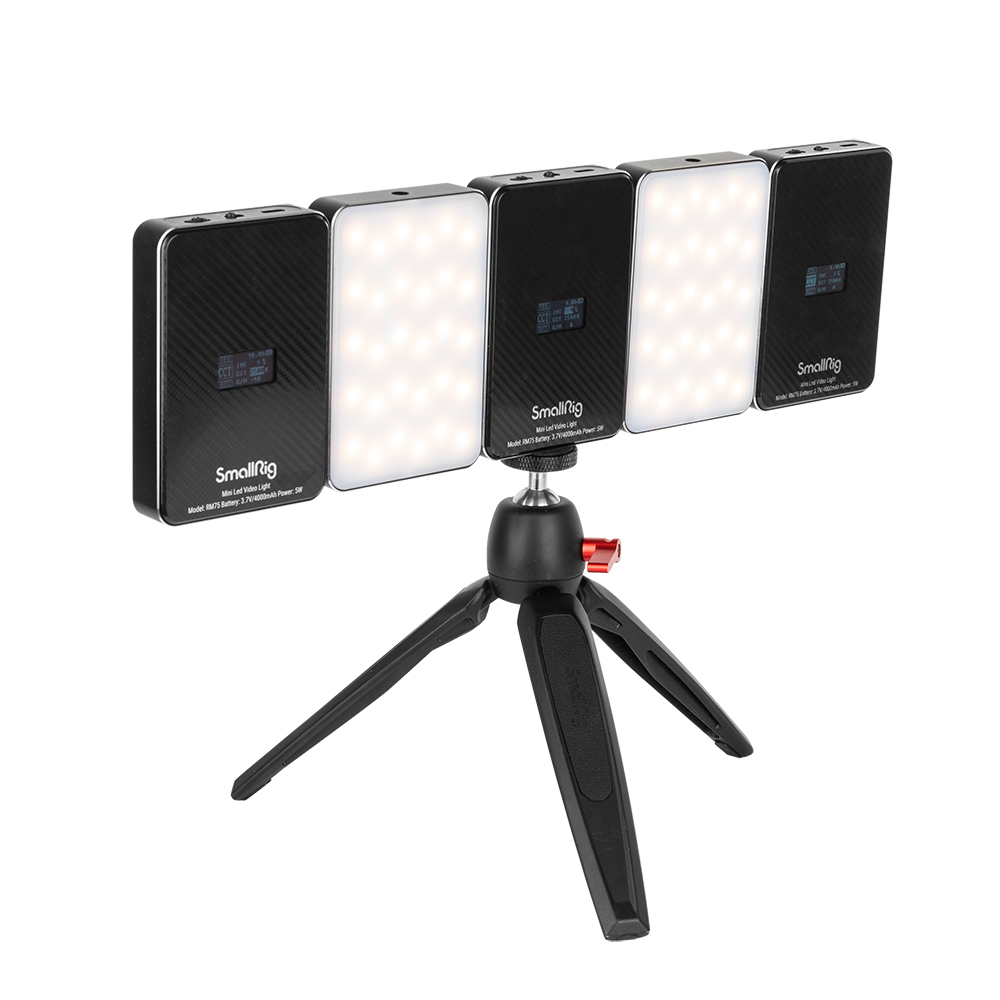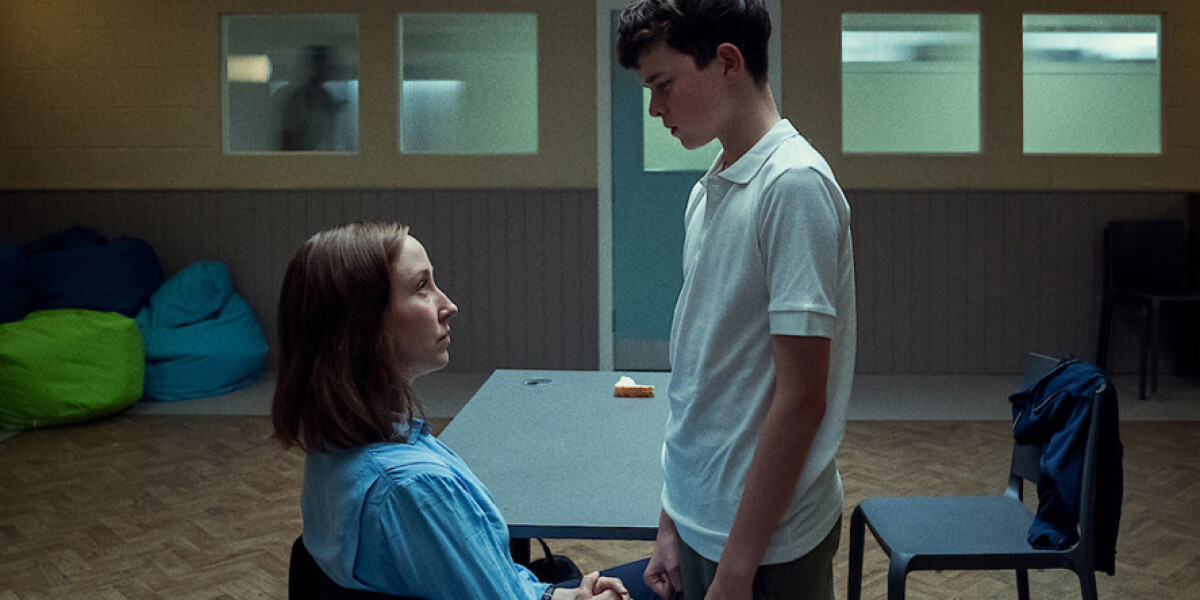Unlock Stunning Visuals: The Ultimate Guide to Choosing Your Perfect Lighting Rig!
Lighting is the unsung hero of photography and videography. It can breathe life into an image, drawing out the vivid colors and intricate details that might otherwise go unnoticed. A well-chosen lighting rig can transform a flat, lifeless shot into a breathtaking visual masterpiece. This guide is designed to help you navigate the world of lighting rigs, whether you’re a budding photographer, an aspiring filmmaker, or just someone looking to elevate your content creation. We’ll explore the essential components, considerations, and types of lighting available, ensuring you have all the knowledge needed to make an informed decision about your lighting rig.

Understanding Lighting Rigs
A lighting rig is a collection of equipment designed to create and manipulate light in a way that enhances visual storytelling. At its core, a typical lighting rig may include light sources, stands, and modifiers. Depending on your specific needs, the market offers various types of lighting rigs, such as continuous lighting kits, strobe lighting setups, and portable light sources. Continuous lighting is ideal for video work, providing a consistent light source that allows you to see how shadows and highlights fall in real-time. Strobe lighting, on the other hand, is favored in photography for its ability to freeze motion and create stunning effects. Understanding these types will help you choose a rig that suits your creative vision.
Key Factors to Consider When Choosing a Lighting Rig
Before diving into the purchase of a lighting rig, several key factors should be evaluated. First, consider the space you have available. If you're working in a compact studio, you may need more portable or compact equipment. Next, think about the primary purpose of your rig. Will you be shooting in a controlled studio environment or outdoors where natural light plays a significant role? Additionally, the type of photography or videography you plan to do—whether it’s portraits, product photography, or video shoots—will guide your choice. Each discipline has unique lighting needs, and understanding these will help you select the most suitable rig for your projects.
Types of Lighting Sources
The choice of lighting source is crucial for achieving the desired aesthetic in your work. LED lights are popular for their energy efficiency, long lifespan, and versatility, making them suitable for both photography and videography. Tungsten lights produce a warm glow that can evoke a certain mood, often used in film and theater. Conversely, fluorescent lights are excellent for providing a soft, diffused light but can sometimes cast an unflattering green hue. Each type of light source offers distinct characteristics that can dramatically affect the quality of your images. Understanding how these sources work will help you manipulate them effectively to achieve your vision.
Accessories and Modifiers
Accessories and modifiers are the secret weapons in any lighting rig, allowing you to refine and control your lighting setup. Softboxes are essential for diffusing light, creating soft shadows that flatter subjects. Reflectors can bounce light back onto a subject, filling in shadows and adding dimension. Gels are used to alter the color temperature of your lights, helping to create the desired atmosphere. Personal experiences shared by friends have often highlighted how investing in these accessories can elevate the quality of their work, turning a simple lighting setup into a powerful tool for creativity. By understanding how to use these modifiers, you can expand the potential of your lighting rig considerably.
Budgeting for Your Lighting Rig
Budgeting for a lighting rig can be daunting, but with some strategic planning, you can maximize your investment. Start by prioritizing essential components. Consider what’s necessary for your immediate projects and what can wait. For instance, investing in a high-quality light source is often more beneficial than splurging on multiple accessories at the outset. Look for budget-friendly options without compromising quality, as there are many versatile products available. Also, keep an eye out for package deals or second-hand items that can significantly reduce your costs. A well-thought-out budget can help you build a robust lighting setup over time.
Final Thoughts on Choosing a Lighting Rig
Choosing the right lighting rig is a vital step in achieving stunning visuals in photography and videography. By understanding the components, considering your specific needs, and selecting appropriate lighting sources and modifiers, you can enhance your creative projects significantly. Remember, the journey of finding your perfect lighting rig may take time, but it’s a worthwhile investment in your artistic expression. Whether you’re capturing breathtaking landscapes or intimate portraits, the right lighting setup will elevate your work to new heights. Take your time, do thorough research, and enjoy the process of discovering the lighting that best serves your vision.





